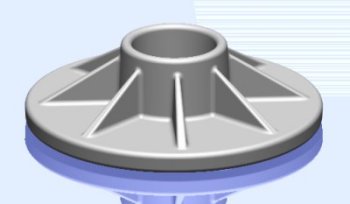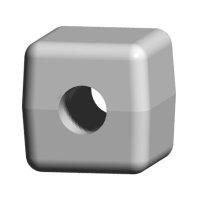
Superior
products, whether aeronautical, automotive or architectural
in nature begin with a fundamental knowledge of basic mechanical
design. No single professional begins a project expecting the
craftsperson on the factory floor or out on the construction
site wondering whether we were paying attention to simple construction
details. Whatever discipline one chooses, the architectural
or engineering professional should understand how to manufacturer
or assemble components using the principles that have passed
on through the centuries. Making extruded or cast shapes made
from aluminum, iron or plastic, the originator in many cases
has to follow similar rules. Transmitting mechanical power from
one component to another, we will use screw threads, gears and
springs. Then holding our assemblies together, we return to
basic fastening methods to guarantee the safety of the grouping
of parts. Therefore, the departmental supervisor will most likely
expect us to maintain a lifelong awareness of fundamental mechanical
design.
This textbook
will not present every element for creating each industrial
mechanism, but will start to acquaint us with the basic tools
required to operate satisfactorily in the field. If you desire
to follow along a path narrowing on one method, such as die-casting,
this text is still a great start. In the Computer Aided Mechanical
Design series of text, the authors will continue to challenge
your understanding and help you to achieve a classical solution.
As we venture towards problems yet to be solved, your invention
will many times result as an evolution of understanding from
where we have came.
Meet or
exceed the World Class CAD Challenges and you will build the
confidence to communicate constructon principles with the best.



![]()
